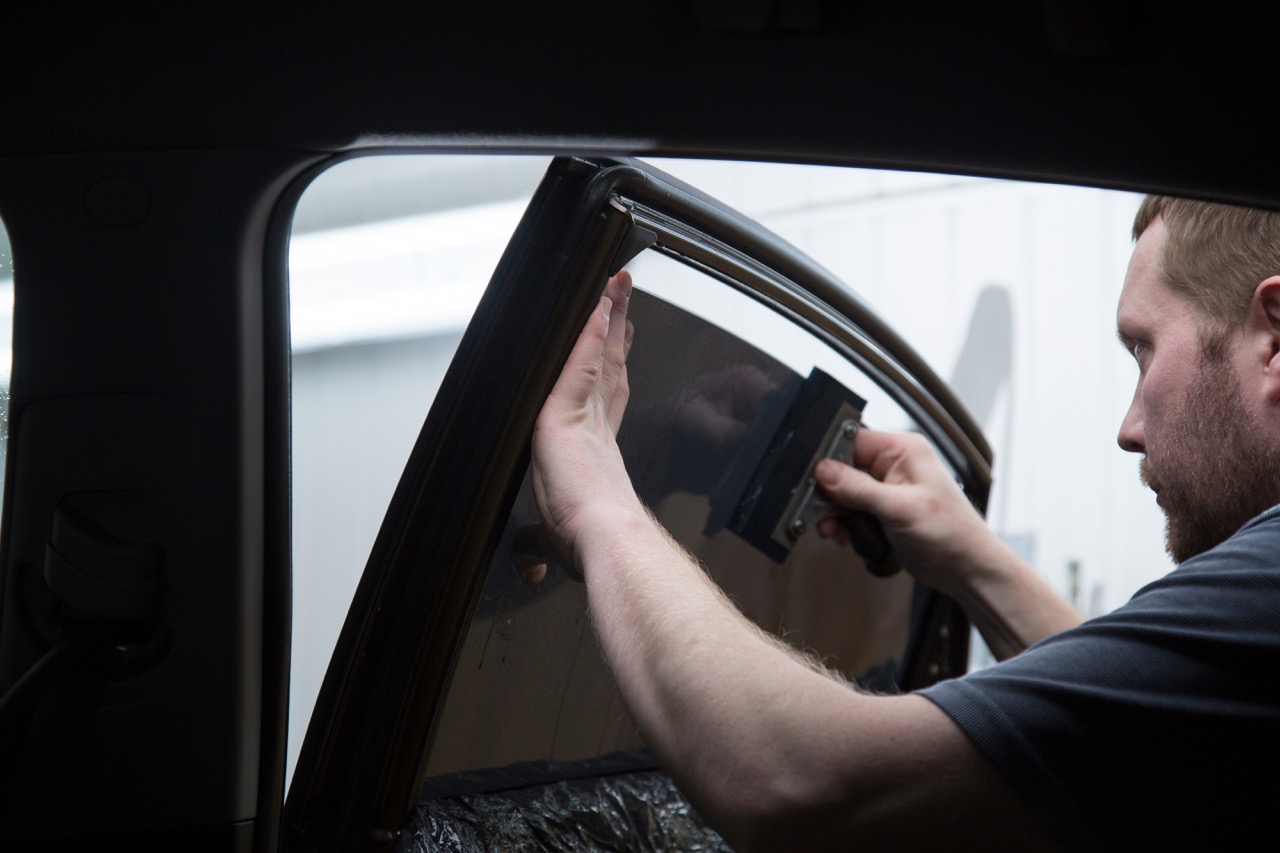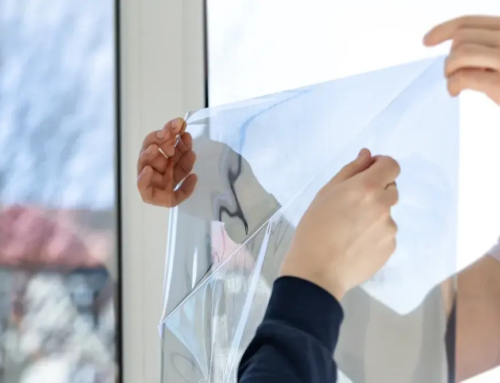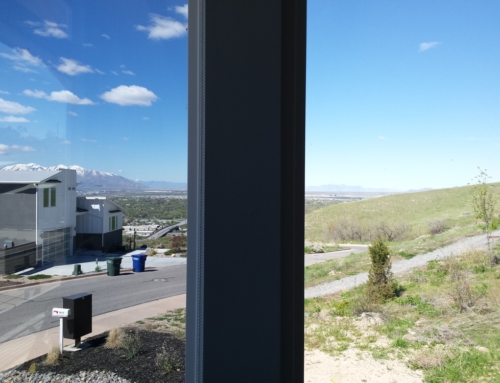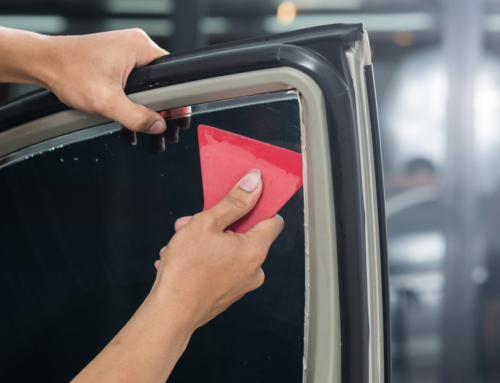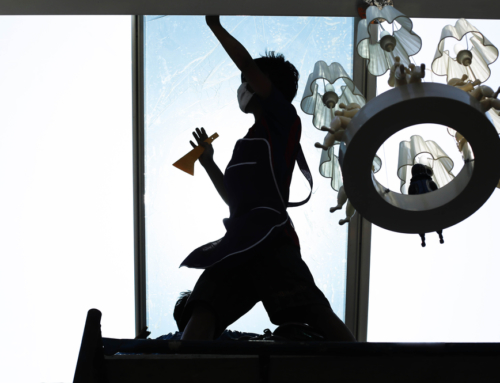The benefits of car window tinting are numerous. Drivers with tinted windows enjoy added security for belongings lying around in the car, UV protection, reduced shattering of glass, and protection against fading and cracking for fabric and leather seats. If you’re considering having your car’s windows tinted—as you should, of course—here is what you need to know about how tinting works and what the general application process involves.
The Material
Window tinting for cars is made from strong polyester laminate and is treated in various ways to bring out the many benefits that window tinting offers. Polyester is the preferred material for window film because it is strong, retains its shape, and doesn’t shrink over time. It will also accept a variety of both surface-applied and embedded substances, such as ultraviolet inhibitors, dyes, metals, and ceramics.
What Tints Can Do
There are a variety of window tints to choose from when it comes to your car, all containing different treatments and finishes. Window tints with a solar control treatment have been dyed or metalized and work by selectively letting in certain types of light from the sun and blocking out others. A solar control tint might reduce the visible light coming in, reducing glare while blocking out damaging ultraviolet light and infrared light that contributes to excess heat in the car. Meanwhile, Low-E (low emissivity) window films contain treatments that make car windows more energy efficient by reducing excessive solar heat gain. A dyed tint can also simply provide aesthetic appeal and privacy.
How It Is Applied
With window tints, one side of the polyester laminate has a scratch-free coating, while the other has a strong adhesive that allows it to stick to the window surface. Window tint is generally applied to the inside of car windows. Professionals will generally apply window tint to a car following a general method, which can vary somewhat depending on the company and what process it typically follows. First, anything surrounding the glass to be tinted such as a door panel or brake light is removed. Then the film is laid out over the exterior of a clean car window and is heat formed with the use of a heat gun to shape it to the curvature of the particular window. Then, it is left in place and trimmed to its proper size. Finally, the film is then installed to the inside of the car window with soapy water and a squeegee. The film will take 7 to 10 days to cure completely.
If you’re located in the Salt Lake area and are considering tinting your car windows, leave your car window tinting to a professional. Contact us today to discuss which window tinting options are best for you and for a free price quote on your car.

